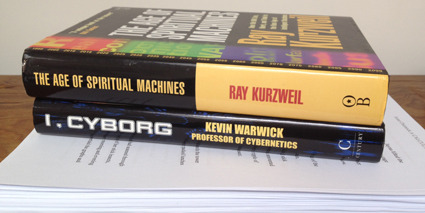Launch Week! Bustle Best Books Review and Guest Posts
It’s been a hectic week with the full release of Sleeping Embers of an Ordinary Mind, and I know some of you have followed events in my little book bubble via Twitter and Facebook. Thanks so much for chiming in with comments and replies—very exciting to get feedback!
I thought I’d summarize the media coverage so far. I’ve been busy writing original copy for several websites, which I’ve really enjoyed doing. So, here goes:
BUSTLE
This is a big surprise: I’m totally chuffed that Sleeping Embers of an Ordinary Mind is reviewed by Bustle, and included in Melissa Ragsdale’s 13 of December 2015’s Best Books to Go With Your Holiday Cheer. This is a US website with, I believe, 10 million monthly visitors. Crikey O’Reilly! According to the website, Bustle is written “for and by women who are moving forward as fast as you are.” Melissa has compiled a lovely list of books, some in translation, and I’m adding them all to my reading pile. Read more







